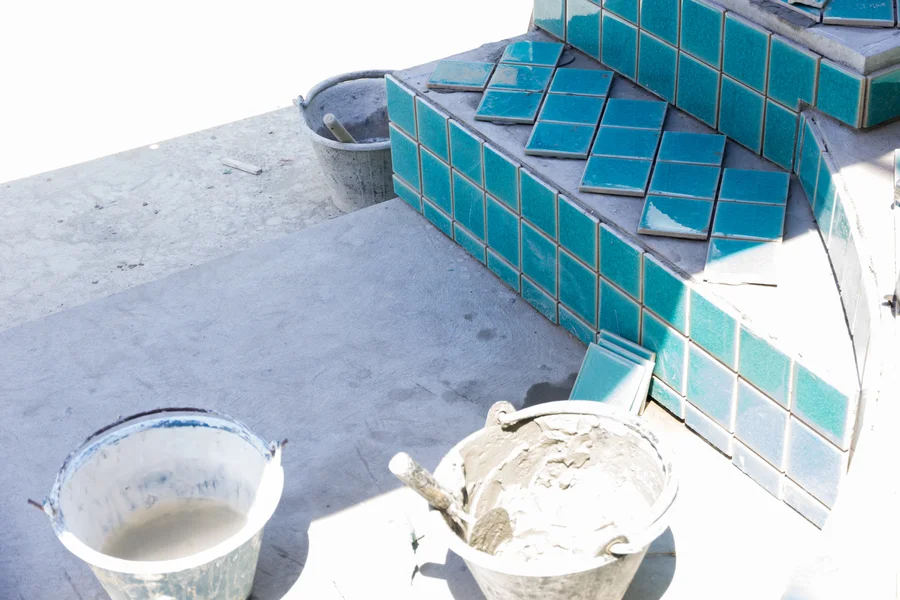Understanding the Importance of a Safe Swimming Environment
Swimming pools are a hub of fun and relaxation, but they also require a high level of safety. Ensuring that a pool is safe involves many elements, one of which is the condition of the pool’s surface. Over time, wear and tear can lead to rough surfaces, which pose safety hazards such as injuries from falls or scraped skin. Regular maintenance, including resurfacing, plays a crucial role in preserving a safe swimming environment for everyone.
Why Surface Maintenance Matters
Keeping the pool surface in good condition prevents accidents and injuries. A well-maintained surface minimizes the risk of slipping, thus enhancing safety. Pool resurfacing helps in maintaining an even and smooth surface. It addresses cracks, chips, and other damages that may have developed over time.
Signs Your Pool Needs Resurfacing
Knowing when to schedule resurfacing is vital for pool safety. Look for signs like peeling plaster, stains, rough textures, or visible cracks. These indicate it’s time to consider pool resurfacing to prevent potential hazards and extend the life of your pool.
The Benefits of Resurfacing
Pool resurfacing offers several advantages beyond just safety. A new surface enhances the visual appeal of your pool, making it more inviting. It also helps improve water retention by sealing leaks, thus conserving water and reducing costs. Furthermore, it increases the longevity of your pool structure, saving you money on repairs.
Choosing the Right Materials for Resurfacing
Selecting the appropriate materials is crucial for effective resurfacing. Options range from plaster, pebble, to quartz finishes. Each material offers unique benefits:
- Plaster: Affordable and provides a classic look.
- Pebble: Durable with a textured finish that hides stains well.
- Quartz: Combines durability with a vibrant appearance.
Consider factors like durability, aesthetics, and budget when choosing materials for resurfacing.
Steps Involved in the Resurfacing Process
The process of resurfacing involves several key steps to ensure quality results:
- Drain the pool completely.
- Prepare the existing surface by stripping away old material.
- Make necessary repairs to underlying structures.
- Apply the new surface material evenly.
- Allow proper curing time before refilling the pool with water.
Each step must be performed meticulously to enhance both safety and durability.
Cost Considerations and Value
While the cost of resurfacing can vary based on factors like material choice and pool size, it is an investment in safety and longevity. A properly resurfaced pool reduces maintenance costs and increases property value. Consider the long-term benefits against the initial outlay when budgeting for this essential service.
Contact Us for Professional Resurfacing Services
If you’re considering upgrading your pool surface, reach out to Grovatt Ultramarine Pools LLC for expert advice and services. We are based in Sarasota, FL, offering top-notch solutions tailored to your needs. Call us today at (941) 234-9140 to ensure your swimming pool remains a safe haven for all swimmers.

